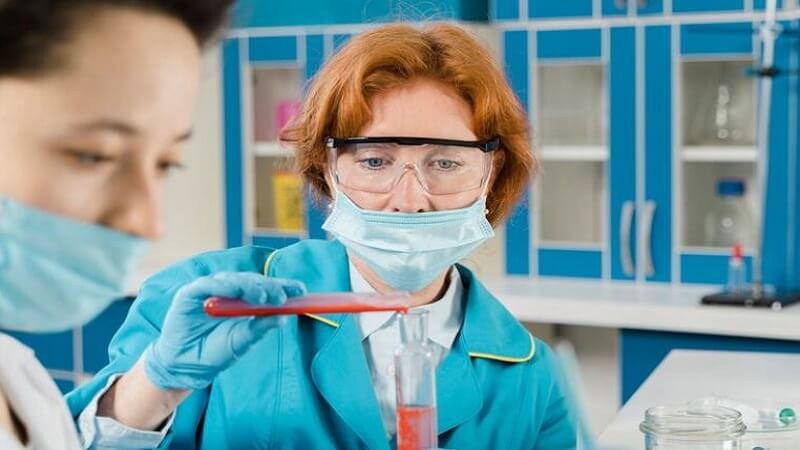Have you ever wondered how medical researchers and pathologists can analyze human tissue samples for diseases and diagnoses? One important method used in biomedical research is through FFPE. But what exactly are FFPE, and how do they play a critical role in bio-diagnosis using human tissue samples? In this article, we’ll explore the basics of FFPE, its applications, and why it’s such a valuable tool in modern medicine.
What Are FFPE Sections?
FFPE sections refer to formalin-fixed, paraffin-embedded tissue samples prepared for microscopic examination and diagnostic testing. This preservation technique involves treating tissues with formalin to prevent decay and embedding them in paraffin wax. Once embedded, the tissue can be sliced into fragile sections, allowing for detailed examination under a microscope.
Pathology labs widely use this process to analyze tissues from biopsies, surgeries, or autopsies. It ensures the biological integrity of the sample, enabling pathologists to detect diseases such as cancer by observing cellular structures.
How Preserved Tissue Samples Contribute to Bio-diagnosis
This tissue preservation method is critical in maintaining samples for diagnostic and research purposes. Fixing tissues in formalin preserves the cell structure, proteins, and even DNA, allowing for long-term storage without losing valuable information.
The embedding process protects the tissue, which can later be cut into ultra-thin slices and mounted on slides for examination. These samples provide essential insights into diseases and can be used in advanced molecular testing, contributing to accurate diagnostic results even years after the sample was collected.
The Role of Preserved Tissue in Cancer Diagnosis
One primary application of these preserved tissue samples is in cancer diagnosis. When a tumor or suspicious growth is biopsied, the tissue is often processed using this method to preserve it for microscopic analysis. Pathologists examine the prepared tissue sections to identify abnormal cells, cancer types, and disease progression.
In addition to standard microscopy, preserved tissue samples are often used in advanced molecular diagnostics such as immunohistochemistry (IHC) and polymerase chain reaction (PCR). These techniques allow healthcare professionals to detect specific proteins or genetic mutations in the tissue, helping guide treatment plans and predict how the cancer might behave.
How These Samples Support Genetic and Molecular Research
Beyond diagnosis, preserved tissue is also invaluable in genetic and molecular research. The ability to store samples for long periods means researchers can return to them to study disease progression, gene mutations, and the effects of various treatments over time.
Advanced techniques like next-generation sequencing (NGS) can be applied to these tissue samples to study DNA and RNA within the cells. This makes the preserved samples highly valuable in personalized medicine, where treatments are custom-made based on a patient’s genetic makeup. By analyzing archived tissue, scientists can gain insights into cancer, autoimmune disorders, and infections.
How to Select the Best Biospecimen Provider
To simplify the process of selecting a biospecimen provider, here are five key steps to consider:
- Evaluate sample quality and preservation: Check how samples are collected, processed, and stored to maintain their integrity over time.
- Ensure ethical sourcing and compliance: Confirm that the provider adheres to strict guidelines and regulatory standards.
- Check for disease-specific expertise: Ensure the provider has experience and knowledge in providing specimens for the disease you’re researching.
- Verify data management systems: Confirm that the provider has efficient systems to manage specimen data, ensuring accuracy and traceability. Thus, you can visit the Abu Dhabi Stem Cells Center to better understand.
- Review sample diversity and availability: Ensure the provider offers a wide range of biospecimens, including those relevant to different stages and types of diseases.
FFPE sections play a pivotal role in bio-diagnosis, particularly when analyzing human tissue samples for conditions like cancer. This preservation method ensures that tissues can be stored for long periods while retaining the structural and molecular integrity necessary for accurate diagnosis and research. Whether used in cancer detection, genetic studies, or advanced molecular research, these preserved samples are crucial to advancing medical understanding and improving patient outcomes. As biomedical techniques advance, their importance in guiding diagnosis and treatment will only grow.
